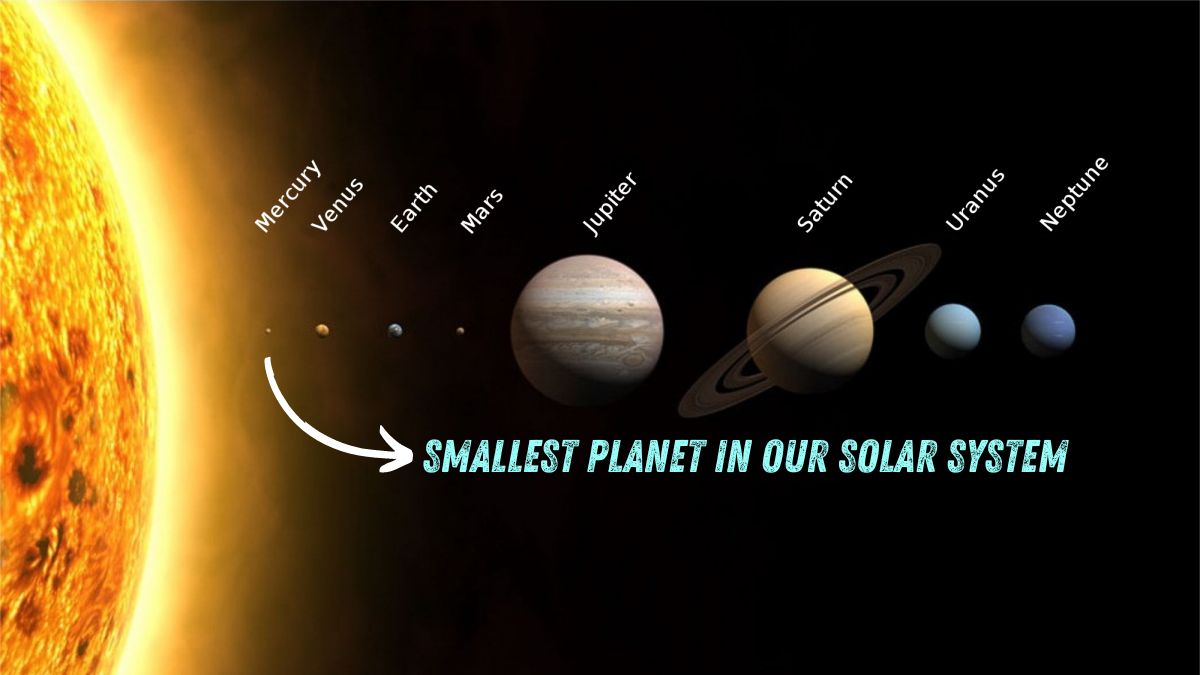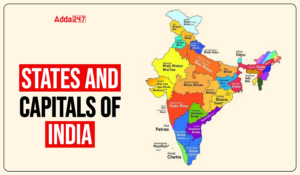Smallest Planet in our Solar System
Mercury, among the diverse celestial bodies in our solar system, captures attention as the most intriguing due to its diminutive size. With a primary radius of only 2,440 kilometers, Mercury holds the distinction of being the smallest planet in our solar system. This article will explore the unique characteristics that make Mercury an exceptional planetary companion.
Mercury’s Quick Orbit
One of Mercury’s most fascinating features is its rapid orbit around the Sun. Completing its journey in just 87.97 Earth days, it is the quickest of all the planets in the solar system. This proximity to the Sun gives Mercury its reputation as the “hot” planet, but it is more than just its speed that sets it apart.
A Stony and Cratered World
Mercury is classified as a terrestrial planet, much like Earth. Its surface is solid and heavily created, resembling the lunar landscape. The impact craters on Mercury tell a story of countless collisions with space debris over billions of years, giving this small planet a rugged, sacred appearance.
Formation and History
Mercury’s history is intertwined with the formation of our solar system. It came into existence around 4.5 billion years ago when gravity caused the swirling gas and dust in the early solar system to coalesce into a small, rocky world. This planetary dance eventually led to Earth becoming the third planet from the Sun, while Mercury became the closest.
A Planet of Extremes
Mercury’s proximity to the Sun results in extreme temperature variations. During the day, surface temperatures can soar to scorching levels, while at night, they plummet to frigid lows. This stark contrast between day and night is due to the planet’s lack of a significant atmosphere to retain heat.
Key Points related to Mercury, the Smallest Planet
The following are the most important pointers that will help you understand everything about Mercury.
- Distance from the Sun: 58 million km
- Orbital period: 88 days
- Length of day: 59d
- Radius: 2,439.7 km
- Gravity: 3.7m/s sq.
- Mass: 3.285 x 10^23 kg
- Surface Area: 74.8 million sq. km
Planets of Solar System with Their Radius
| S. No. | Planet | Radius (in km) | Radius (in mi) |
| 1. | Mercury | 2,440 km | 1,561 mi |
| 2. | Venus | 6,052 km | 3,760 mi |
| 3. | Earth | 6,371 km | 3,959 mi |
| 4. | Mars | 3,390 km | 2,106 mi |
| 5. | Jupiter | 69,911 km | 43,441 mi |
| 6. | Saturn | 58,232 km | 36,184 mi |
| 7. | Uranus | 25,362 km | 15,759 mi |
| 8. | Neptune | 24,622 km | 15,299 mi |
Find More General Studies News Here










 States and Capitals - How Many States in...
States and Capitals - How Many States in...
 How Much 11 PSBs Collected as Penalty fo...
How Much 11 PSBs Collected as Penalty fo...
 India Records 65,000 Crore Digital Payme...
India Records 65,000 Crore Digital Payme...

